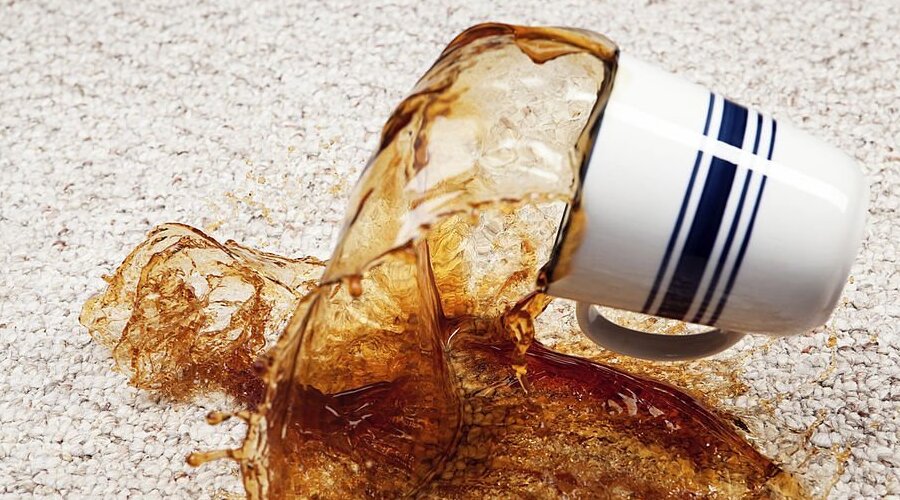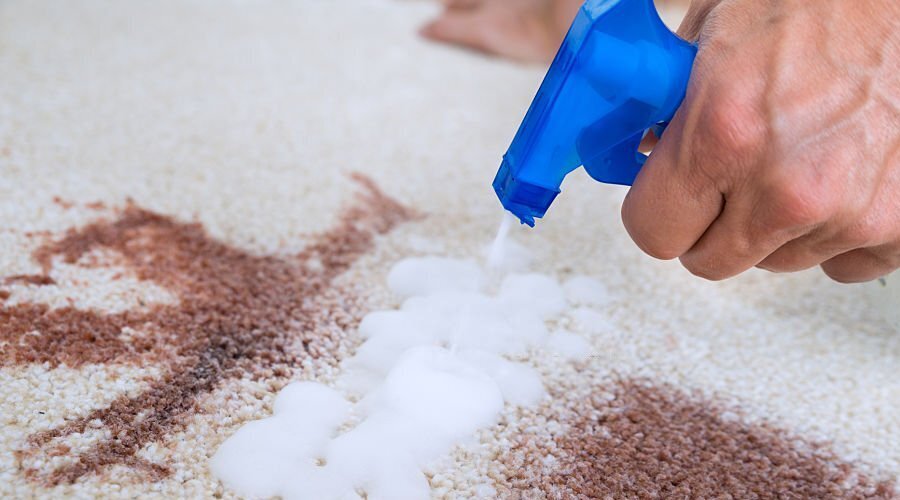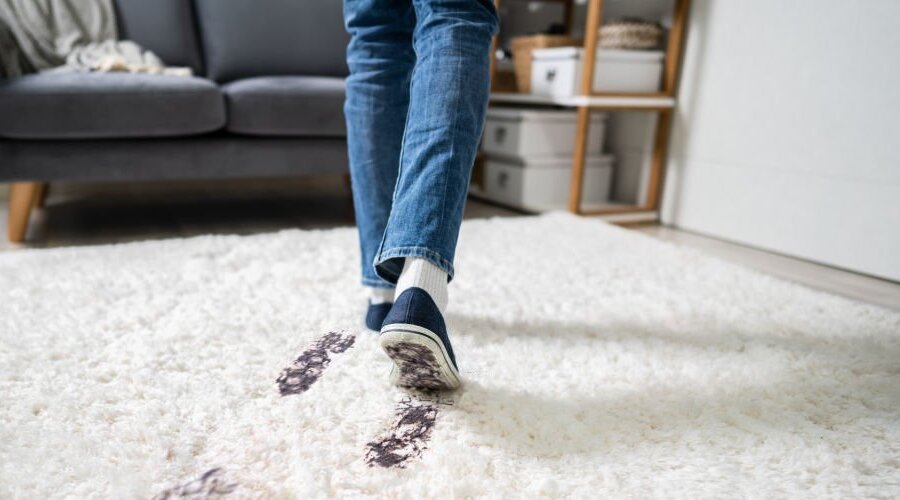Best Ways To Remove Carpet Stains
Proven Steps and Tips for Spotless Results
Gone are the days when you had to face off with that pesky stain living on your favorite shirt, wallpaper, or even carpet.
But when it comes to stain removal method we must be proactive and take action right away.
Let’s explore the professional carpet cleaner-approved steps you need to take for all types of stains so you can save your clothing and furniture from an untimely end.
The Steps to take for all types of stains
Step 1: Remove Excess Debris ASAP
The first step in removing a stain is to remove any excess debris from the affected area. You can do this with a vacuum or a clean lint-free white cloth. This will help loosen dried-on grime that may be sitting on top of the fabric and stop it from mixing with the stain. Doing this now will also save you time later when trying to treat the stain.
Step 2: Blot Dry to Remove Moisture
Once you’ve removed any excess debris, it’s time to blot the area with a dry white cloth or sponge. This process helps absorb moisture from the fabric and can penetrate deep within the fibres if done correctly. Proper absorbency is key here. So don’t be afraid to use several dry towels or layers of paper towels to really get in there and do its job. Be sure not to rub too hard as this could cause damage or spread the stain further making it harder to remove later on. If you have any doubts then ask a professional before attempting anything else on your own.
Step 3: Apply Carpet Stain Remover
Using a store-bought, multi-purpose carpet stain remover, begin to apply it directly onto the affected area in circular motions. This will help penetrate deep into the fabric and eliminate any lingering bacteria or grime. When done correctly this should eliminate odors too.
How to Treat Different Types of Stains
1. Blood Stains
When it comes to getting rid of a blood stain remover can be quite tricky. It’s best to tackle it using cold water, dish soap, or ice cubes as opposed to warm water. Since warm temperatures tend to set the fresh stain further into fabrics. To effectively remove a blood stain, start by saturating the spot with hot water and blotting with a dry white towel until no more excess liquid is absorbed. Then, apply hydrogen peroxide onto the affected area in circular motions, allowing it to dwell for 30-60 seconds before rinsing off with warm water. For tougher stains on carpet, you may want to use a mixture of baking soda and white vinegar instead. Apply liberally while gently scrubbing and rinse well afterward. Repeat if needed.
2. Ink Stains
Before applying any solution make sure to remove as much of the excess spot as possible with a paper towel, dish soap, or cotton ball. If your fabric is cotton then try dabbing the spot with rubbing alcohol. When tackling an inky mess you’ll want to work your way from the edges towards the center of the stain and avoid saturated too heavily as this could cause further damage or spreading. Once all of the visible ink is gone, apply some dishwashing liquid onto a clean dry cloth and gently scrub at the affected area until desired results are achieved. Rinse and repeat if needed. This should lift any lingering pigments living deep within your fabric.
3. Coffee and Wine Stains
Luckily both of these types of stains on carpet can be removed with quite a bit of ease. If caught early then simply blot up any excess liquid and apply a solution of two parts baking soda, dish soap, and two cups of water or commercial carpet cleaning product to completely cover the affected spot. Let that sit for 3-5 minutes before gently rubbing it off with a clean cloth. Repeat as needed to ensure total removal method. You can also soak the stain with club soda for 15 – 30 minutes, then use a damp cloth, sponge or even an old toothbrush to remove both the club soda and the mark.
4. Pet Stains
Pesky pet accidents can be a tricky stain to tackle. It’s best to take action as soon as possible in order to avoid an odor setting into the fabric or any type of carpet. Start with removing any excess liquids or solids before applying your carpet cleaner of choice. A spray bottle of 1 part vinegar and one part warm water is usually sufficient, although you may want to use extra strength if the stain is older and more difficult to remove. Once slightly dampened apply baking soda generously over the affected area while using an absorbent cloth or brush to scrub gently; let it sit for 15 minutes before vacuuming up all of the residue but not before ensuring that everything has dried properly.
5. Dirt
Dirt and grime can be difficult to remove with regular detergent, so it’s best to use a pre-treatment solution prior to laundering. Start by dampening the fabric with warm water and spraying your favorite carpet stain remover directly onto the affected spot. Let it penetrate for 3-5 minutes before scrubbing gently with a cloth or white towel and then rinsing thoroughly. If treating a clean carpet or upholstery you may want to go for something slightly more powerful, such as an oxygenated bleach carpet cleaner in a spray bottle. Essentially this will lift away dirt without stripping color from the surface. Allow everything to dry completely before vacuuming away all of the remaining residues.
Frequently Asked Questions
How do I know which types of carpet stain remover to use?
This will depend on the type of fabric or material you’re dealing with. Always read the instruction manual before attempting any cleaning solution or carpet cleaning product on your own.
What is the best way to remove coffee stains?
The best way to remove coffee stains on clean carpet is by applying a mixture of baking soda and cold water in a spray bottle, letting it soak for 3-5 minutes before rinsing off with cold water. For tougher stains white wine or white vinegar can be used instead.
Will certain carpet stain removers discolor my fabrics?
Yes, some stain removers can discolor certain fabrics if used improperly. always test small sections beforehand just in case. It’s also important to note that hotter temperatures tend to set the stubborn carpet stain further into fabrics so try using cold water whenever possible.
Conclusion
Stains are unpleasant, but with the correct knowledge and tools, they can be removed quickly and efficiently to restore your fabrics or furniture to its original glory.
With the right guidelines, anyone can quickly become an expert at removing stubborn stains from carpet pad.
So no more procrastination. Let’s all get proactive prevention against pesky spills.



